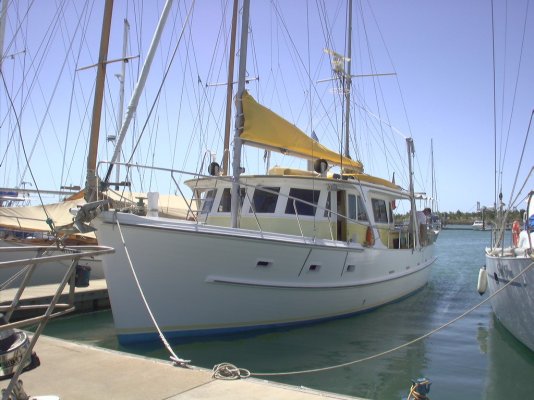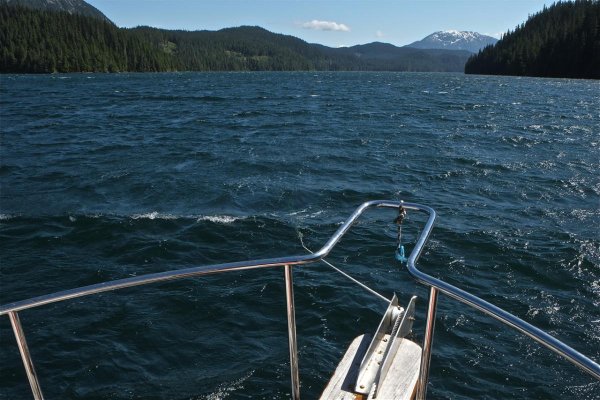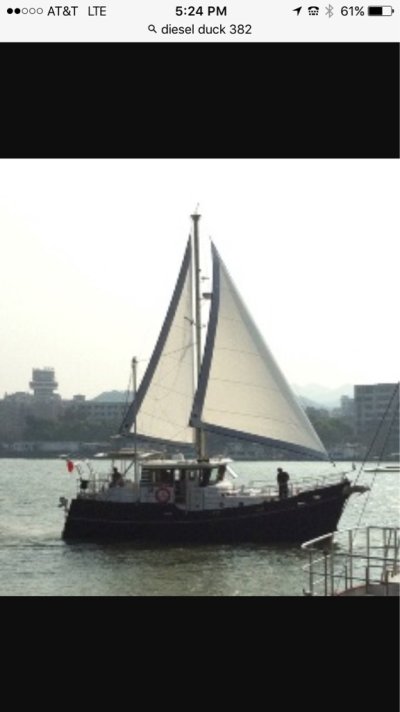Portuguese
Guru
Greetings:
Per design, my boat is equipped with a 10.30 meters tall mast. The designer says that the boat will not sail with sails only and he put the mast*to*use steady sail. My question is, Does steady sails really reduce roll? How big of a sail do I need in a 25 ton boat?
I could use a mast to rig up antennas and have a boom as lifting equipment. At same time, a sail could be used as roll reducing equipment. Yet, do*I need such a tall mast for that?
Thanks
Fernando
Per design, my boat is equipped with a 10.30 meters tall mast. The designer says that the boat will not sail with sails only and he put the mast*to*use steady sail. My question is, Does steady sails really reduce roll? How big of a sail do I need in a 25 ton boat?
I could use a mast to rig up antennas and have a boom as lifting equipment. At same time, a sail could be used as roll reducing equipment. Yet, do*I need such a tall mast for that?
Thanks
Fernando












